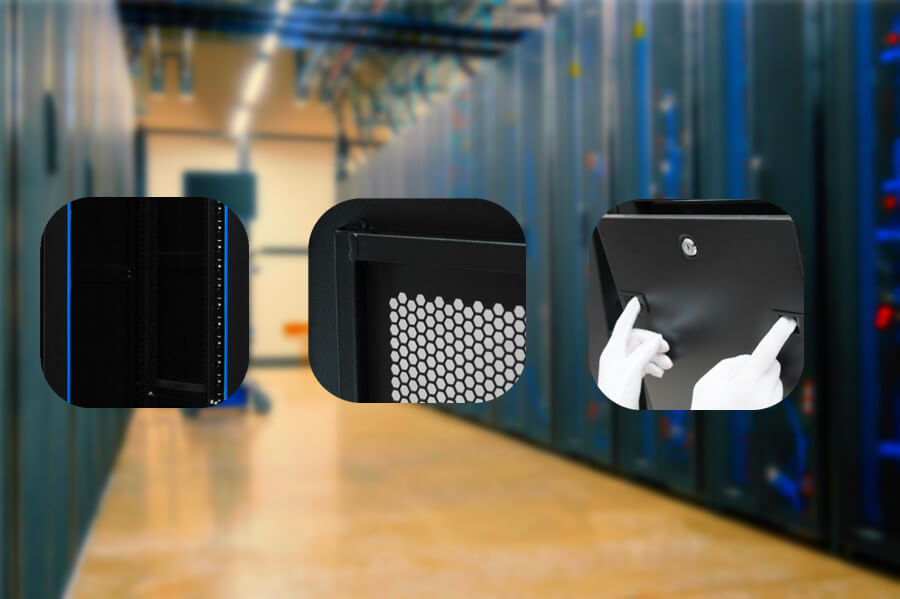LAN cables, additionally recognized as Ethernet cables, are a vital section of any community infrastructure. They allow the switch of records between units and make certain that your community runs smoothly. However, no longer all LAN cables are created equal, and deciding on the proper kind of cable for your community can make a considerable distinction in phrases of velocity and reliability.
In this article, we will be discussing the three most frequent sorts of LAN cables: Cat5e, Cat6, and Cat7. We will discover their characteristics, advantages, and obstacles to assist you to decide which cable is fantastic and acceptable for your community needs.
Cat5e cables are the most usually used LAN cables in state-of-the-art networks. They have a bandwidth of one hundred MHz and are successful in transmitting information at speeds of up to 1 Gbps over distances of up to one hundred meters. Cat5e cables are appropriate for most small to medium-sized networks, consisting of these discovered in homes, offices, and schools.
Cat6 cables are an enhancement over Cat5e cables and provide higher overall performance and quicker facts switch rates. They have a bandwidth of 250 MHz and are successful in transmitting statistics at speeds of up to 10 Gbps over distances of up to fifty-five meters. Cat6 cables are perfect for large networks that require greater information switch rates, such as facts centers, universities, and hospitals.
Cat7 cables are the latest type of LAN cable and provide even higher overall performance than Cat6 cables. They have the most bandwidth of 600 MHz and are successful in transmitting information at speeds of up to a hundred Gbps over distances of up to one hundred meters. Cat7 cables are appropriate for the most annoying community environments, such as massive businesses and facts centers.
In phrases of bodily characteristics, Cat5e, Cat6, and Cat7 cables all appear very similar. They have 4 twisted pairs of copper wires and are terminated with RJ45 connectors. However, the interior building and pleasant of the substances used in every cable differ, which influences their performance.
Cat5e cables normally use unshielded twisted pair (UTP) cables, which are much less steeply priced and less difficult to set up than shielded twisted pair (STP) cables. Cat6 and Cat7 cables, on the different hand, use STP cables, which provide higher overall performance and safety towards electromagnetic interference.
Another distinction between Cat5e, Cat6, and Cat7 cables is the wiring configuration. Cat5e cables use a 568B wiring configuration, whilst Cat6 and Cat7 cables use a 568A wiring configuration. The wiring configuration influences the way the cable is terminated and related to community devices.
In phrases of cost, Cat5e cables are the least expensive, observed by means of Cat6 and Cat7 cables. However, the fee for every cable can differ relying on elements such as length, quality, and the vendor.
In conclusion, deciding on the proper LAN cable for your community relies upon various factors, along with the dimension and kind of network, the required statistics switch rates and the budget. Cat5e cables are appropriate for most small to medium-sized networks, whilst Cat6 and Cat7 cables are perfect for large networks that require greater statistics switch rates. By appreciating the variations between Cat5e, Cat6, and Cat7 cables, you can make a knowledgeable choice and make sure that your community performs at its best.
